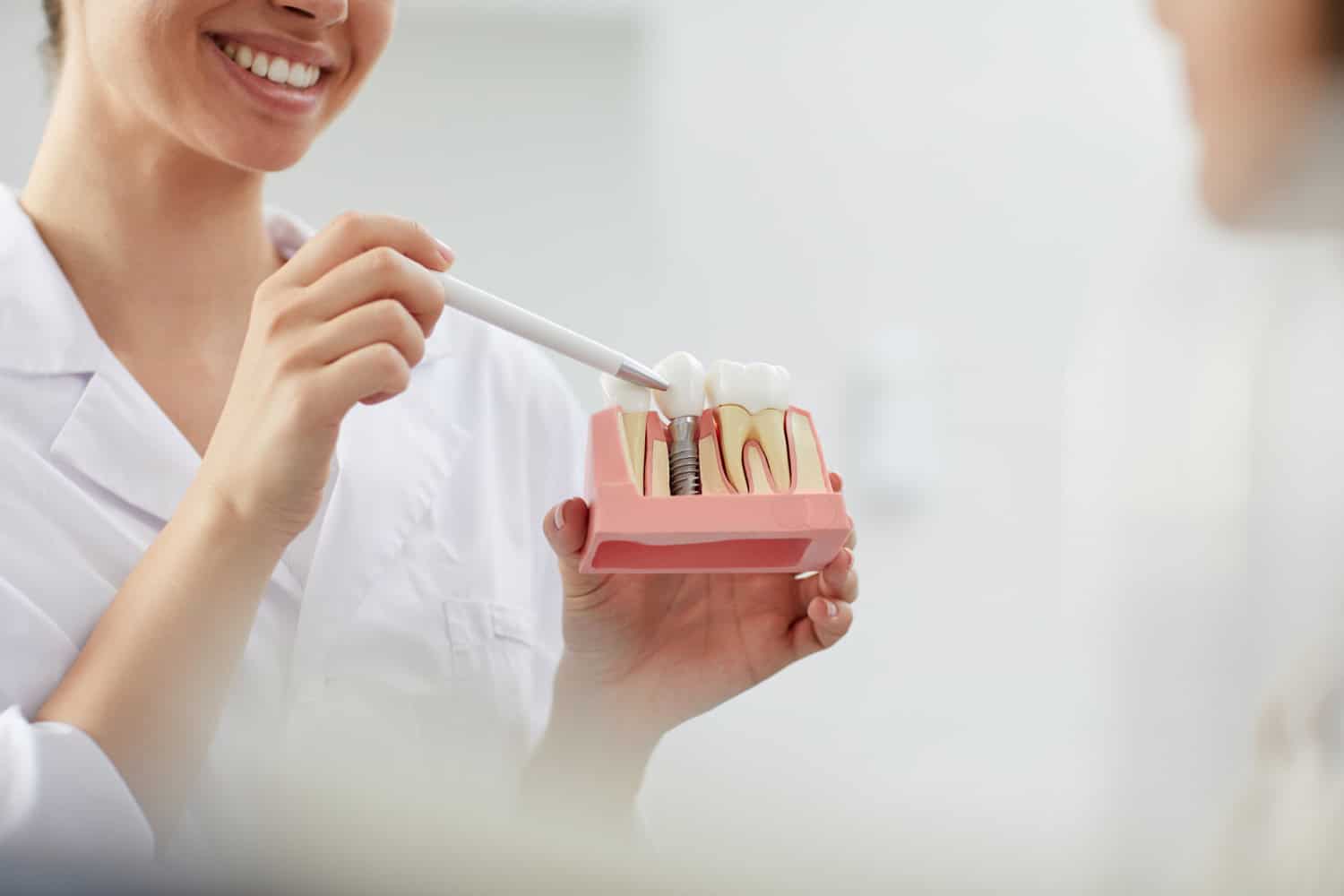If you’ve recently noticed your gums bleeding when you floss, you might think that this is a cause for concern. However, whether you have to visit a dentist or not for care really depends on a few different factors. In the event you notice bleeding gums and you don’t know what to do, a dentist can provide great advice! They’re always prepared to help you improve your at-home care and perform gum therapy if necessary.
What Causes Bleeding Gums?
There are multiple causes for bleeding gums, but the most common cause is plaque buildup. This buildup along the gum line and between the teeth can irritate the gum tissue, causing them to bleed and become inflamed over time. Plaque is a sticky substance that develops as oral bacteria consumes sugar and starch found in the foods you eat. These bacteria release waste in the form of plaque acids. One of the best ways to get rid of this plaque from the hard-to-reach areas of your mouth is through flossing.
After enough time, plaque can turn into calculus, which is much more difficult to remove. In fact, it can only be removed by a dentist as no amount of brushing and flossing can effectively break it down. If there’s an underlying condition related to your gum tissue, they will be the best medical professional to see to both remove this hardened plaque and protect your gums from future infection.
When Should You See a Dentist?
If you have not flossed in a long time, you may notice small amounts of bleeding when you begin flossing. While this may be concerning at first, as long as the bleeding goes away relatively soon after you start flossing, you don’t have anything to worry about. Just make sure to continue your flossing habit daily as this will work to remove plaque from the deep pockets between your teeth and areas along your gum line.
However, if you notice your gums do not stop bleeding after flossing or they even bleed as your brush, it’s a sign of advanced gum disease that requires closer attention. A dentist will be able to get you on the right path towards healthier gums. This may include a professional cleaning or gum therapy, which involves scaling and root planing every three to four months.
How You Can Prevent Bleeding Gums Moving Forward
Once your gums have been treated, it’s very important that you take the necessary steps to prevent your gum infection from coming back. This should include:
- Brushing twice a day with fluoridated toothpaste
- Using a soft-bristled toothbrush
- Making sure not to brush too hard
- Flossing at least once a day
- Adding a fluoride-enriched oral rinse (avoid rinses containing alcohol)
- Staying committed to routine dental exams and cleanings every six months
Bleeding gums are not the end of the world, but you should still seek professional care if the problem does not stop on its own. Schedule an appointment with a dentist today to keep your gum health in check!
About the Author
Dr. Lori Anderson provides scaling and root planing, soft tissue laser treatment, and antibiotic therapy to bring your gum tissue back to its healthy state. Her dental expertise and comprehensive professional exams and cleanings are sure to help you catch underlying issues before they have a chance to cause harm as well. To schedule an appointment, you can contact her through her website.




